

COURTESY PHOTO
Vision is priceless. To safeguard it, the physicians and staff at Florida Eye Specialists & Cataract Institute in Brandon offer a vast selection of services using the most advanced technology available. This includes employing the latest techniques and products for the treatment of cataracts, which is a clouding of the eye’s lens by either a clumping of protein deposits, a breakdown of lens fibers, or both.
“Most people develop cataracts while in their 60s, but some develop them earlier, some later,” says Ana Maria Oliva, MD, a board-certified ophthalmologist and fellowship-trained corneal and refractive surgeon.
Symptoms include blurry vision; glare, particularly with oncoming lights in traffic at night; double vision in one eye; halos; a fading of colors; and difficulty reading.
Cataracts are treated surgically during a brief procedure in which the affected lenses are removed and replaced with an intraocular lens implant, or IOL.
The replacement lens are custom-made based on precise measurements to rectify the patient’s refractive concerns.
“There are different types of IOLs, and our goal is to select one that will minimize the patient’s dependence on eyeglasses after surgery,” Dr. Oliva points out.
Typically, IOLs correct for distance vision, and the patient will require reading glasses for near vision.
One way around this is monovision, with one IOL correcting distance vision and the other correcting near vision.
“But not everybody is a candidate for monovision, nor can everybody tolerate it,” Dr. Oliva reports. “The other option is to use one of the advanced-technology multifocal IOLs that have recently become available.
“One of the most popular multifocal options is the Alcon PanOptix®, which is a trifocal lens. It corrects for distance, intermediate and reading vision. It does this by splitting the light entering the eye so patients can utilize the same amount of light to see at all three focal points.”
However, when the light entering the eye is split, it can sometimes result in visual side effects such as halos, starbursts or glare. While these side effects typically improve over time, they can be avoided with another type of IOL, the AcrySof® IQ Vivity® lens, another Alcon product.
“The Vivity is classified as an extended range of vision lens,” Dr. Oliva discloses. “Instead of splitting light, it stretches the light so it can be used to focus on images far away and up close. It’s a little better for intermediate vision than for very close-up vision.
“It is also a nice option for patients who may not be candidates for the PanOptix lens due to preexisting eye pathology.
“These considerations are taken into account during the patient’s cataract evaluation with the physician.”
Surgery Advancements
Cataract surgery has come a long way over the years, Dr. Oliva contends. One advancement, she notes, is the use of the LENSAR® laser system, which is on the leading edge in femtosecond laser technology. Femtosecond lasers cut tissue by emitting energy pulses at an extremely fast rate, one-quadrillionth (femto) of a second.
“The LENSAR’s added functions and precise laser incisions enable surgeons to remove the cataracts with increased safety and to position the IOLs with greater accuracy,” Dr. Oliva explains. “These innovations lead to better vision following surgery.”
The LENSAR automates certain aspects of cataract surgery that were traditionally done by hand, so the procedure is more efficient and safer.
“The laser makes the initial incision into the eye,” Dr. Oliva details. “It can also create the capsulotomy, which is an incision into the thin, fragile membrane, or capsule, that holds the lens. And it does so with exceptional precision.
“A capsulotomy done by hand can be less than perfect. The importance of having a perfect capsulotomy is that the IOL can then sit in a more optimal position, which ultimately gives the patient better vision.”
The LENSAR is useful in other ways as well.
“To correct astigmatism, which is an irregular shape of the cornea that leads to blurry vision, surgeons sometimes make limbal relaxing incisions, which are tiny cuts in the cornea to reshape it,” Dr. Oliva says. “The corneal reshaping done by the LENSAR can reduce astigmatism and help people see more clearly after surgery.”
The LENSAR imaging platform, Augmented Reality™, enables the surgeon to view the inside of the eye in great detail. After imaging the eye in high resolution, it creates a 3D reconstruction of the lens, allowing the surgeon to tailor the surgery to the patient.
Diabetic Eye Disease
According to the Centers for Disease Control and Prevention, 34.2 million Americans – just over one in 10 – have diabetes, a chronic metabolic disease that occurs when the amount of glucose in the bloodstream is higher than normal.
Another 88 million adult Americans have prediabetes, a condition in which blood glucose levels are higher than normal but not high enough to warrant a diagnosis of diabetes.
Glucose is a simple sugar created by the breakdown of food, and consistently high levels of glucose in the blood can cause serious injury to the nerves and blood vessels, including the tiny vessels in the eyes.
The condition can lead to diabetic eye disease, a group of eye problems that includes diabetic retinopathy, diabetic macular edema, glaucoma and cataracts.
“Diabetic retinopathy occurs when high glucose levels damage the blood vessels in the retina, the light-sensitive layer of nerve tissue in the back of the eye,” explains Mahdi Hedayat, OD, an optometrist specializing in primary care at the institute. “The complications associated with this can lead to serious vision problems.”
There are two forms of diabetic retinopathy: nonproliferative and proliferative. With nonproliferative, which is the early stage of the disease, the blood vessels in the retina are weakened. Tiny bulges, called microaneurysms, may leak fluid into the retina and damage it.
With proliferative retinopathy, new blood vessels form on the retina. These vessels are abnormal and may leak blood and fluid into the retina and vitreous, the gel-like substance that fills the middle of the eye. This can lead to severe vision loss.
Diabetic macular edema involves fluid build-up on the macula, the center part of the retina that is responsible for the detailed, straight-ahead vision people need to see clearly. The increased fluid makes the macula swell, blurring vision and destroying sharp central vision.
Glaucoma is a group of progressive eye diseases that cause vision loss by damaging the optic nerve in the back of the eye. One of the main risk factors for glaucoma is increased fluid pressure in the eyes, or intraocular pressure (IOP). High IOP pinches the blood vessels that carry blood to the retina and optic nerve, causing gradual vision loss.
“Having diabetes doubles a person’s chances of developing glaucoma,” Dr. Hedayat reports. “That’s because high glucose levels in the blood block the channels where fluid drains out of the eye. This causes an increase in IOP.”
Further, people who have diabetes are two to five times more likely to develop cataracts and develop them at a younger age than people without diabetes. It is believed that high blood glucose causes the proteins to build up on the lens.
“The best way to prevent vision loss is to detect eye diseases early and start treatment,” Dr. Hedayat stresses. “That’s why getting a diabetic eye exam is so crucial. People with diabetes should undergo routine eye exams to identify these conditions and help preserve their vision. They must also regularly monitor their blood glucose levels and control their diabetes.”
Hearing Care, Too
Of the five senses, vision and hearing are most closely associated. Sight and sound work in concert to create a singular conscious experience of the world.
Acknowledging this relationship, the institute established hearing centers in Brandon and Sun City Center. Recently, the institute welcomed a new audiologist to its Sun City Center location.
Lauren Fessler, AuD, earned a Bachelor of Science degree in Communication Sciences & Disorders from Florida State University. She then received a Doctorate in Audiology from the University of South Florida and board certification from the American Academy of Audiology.
Dr. Fessler specializes in the selection, fitting and maintenance of hearing aids and assistive technology. She also works with hearing protection devices and custom earplugs.
“My passion for audiology comes with creating trusting relationships with all of my patients,” she asserts. “My goal is to leave each patient happier then when they came in.”




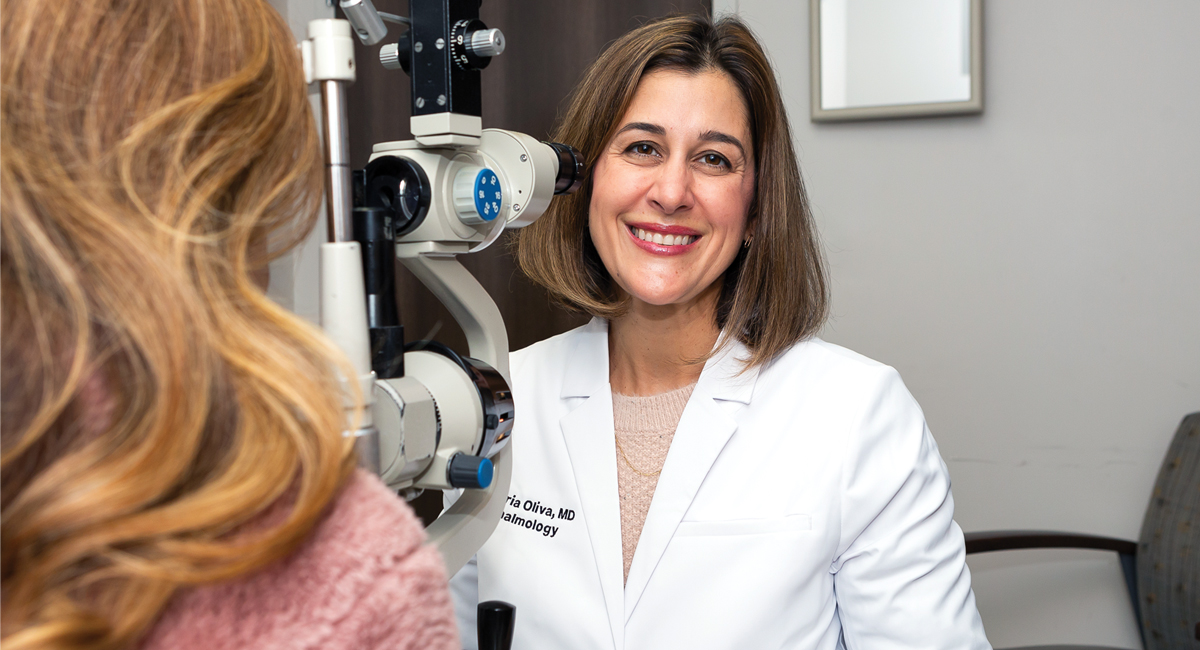
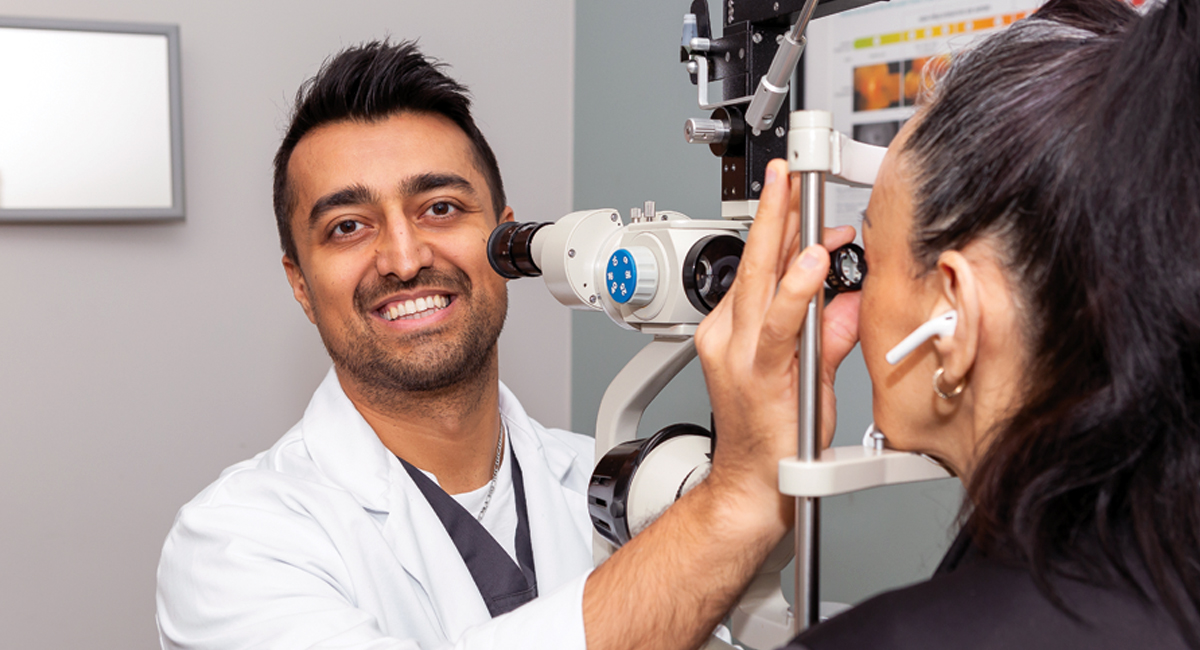


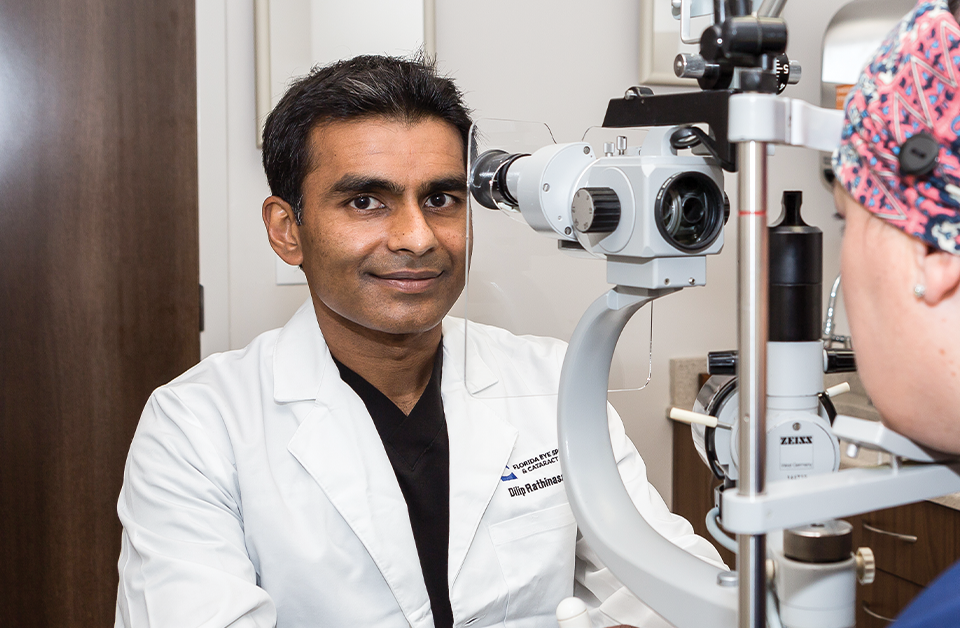
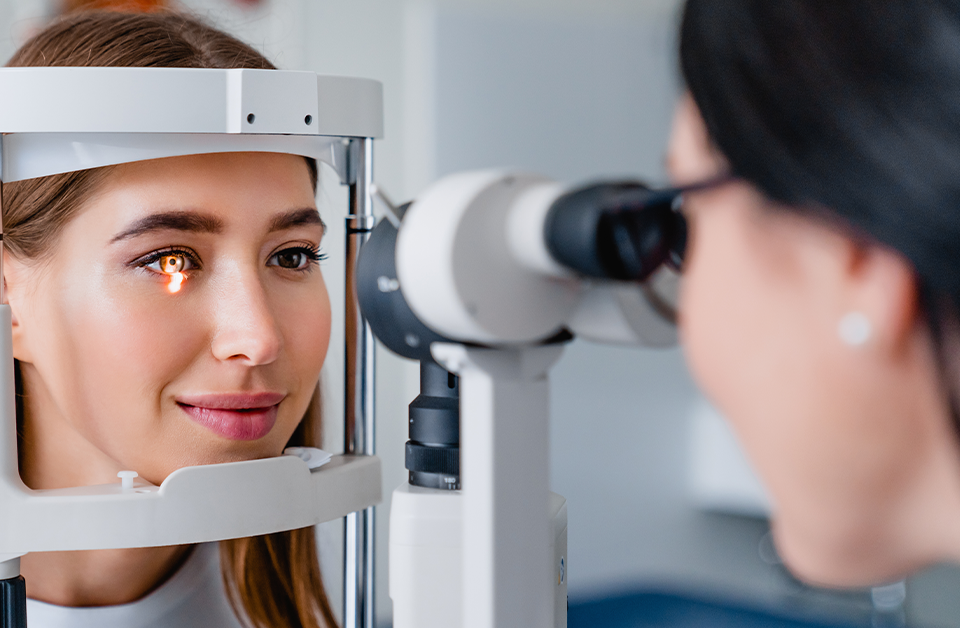
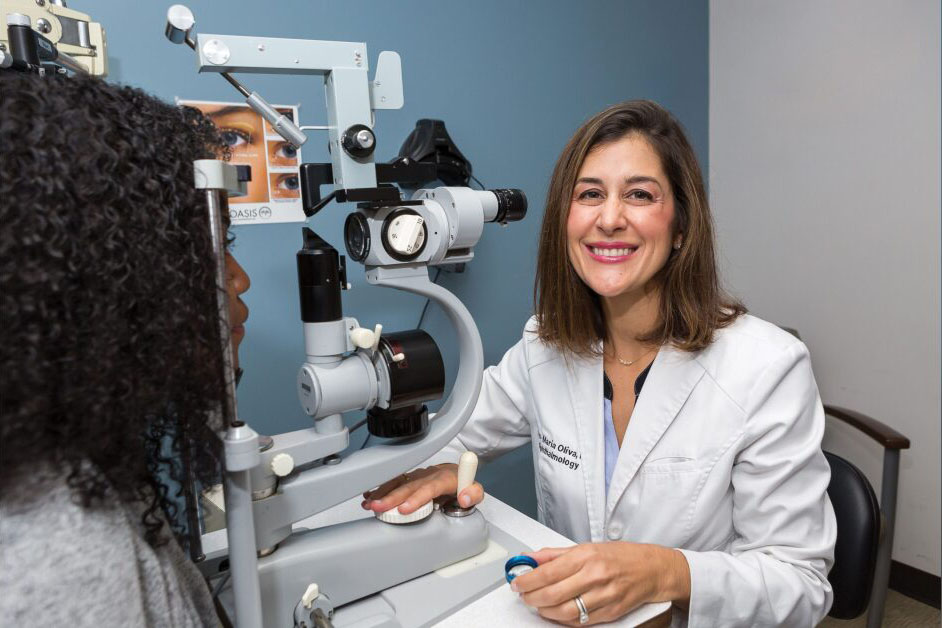
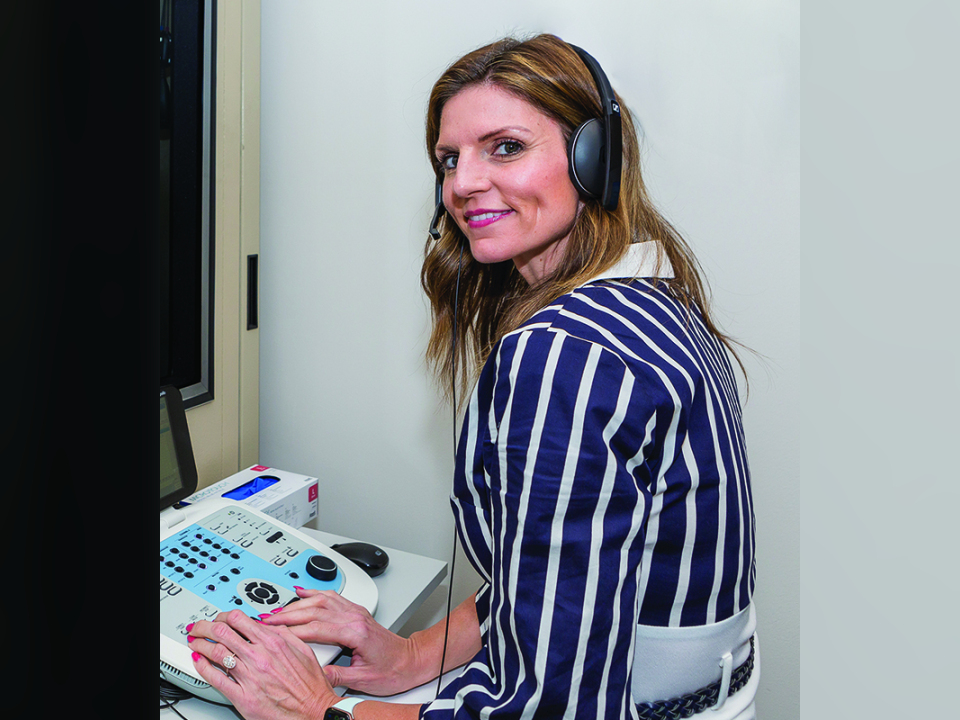
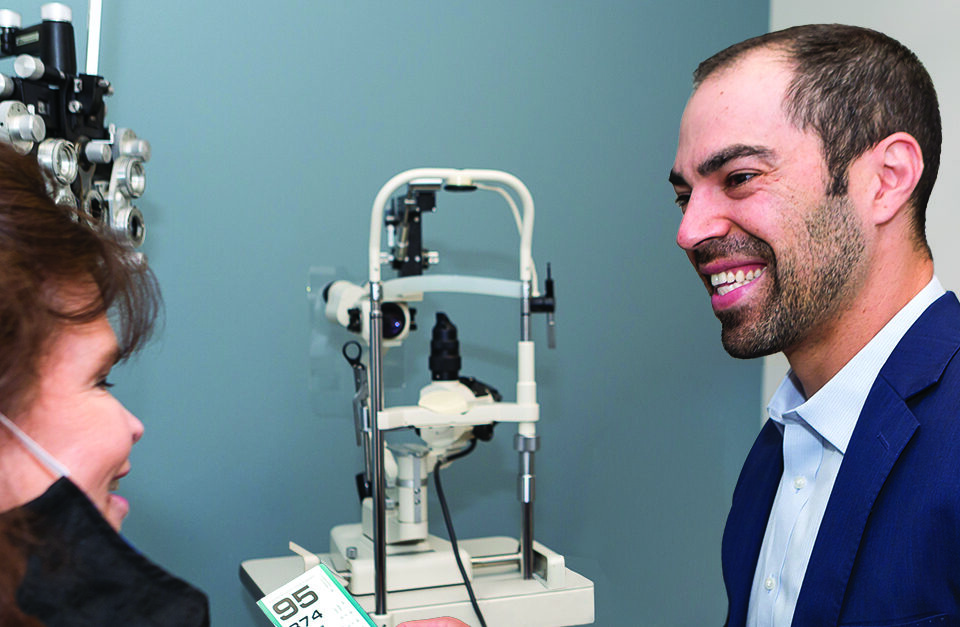
Leave a Reply